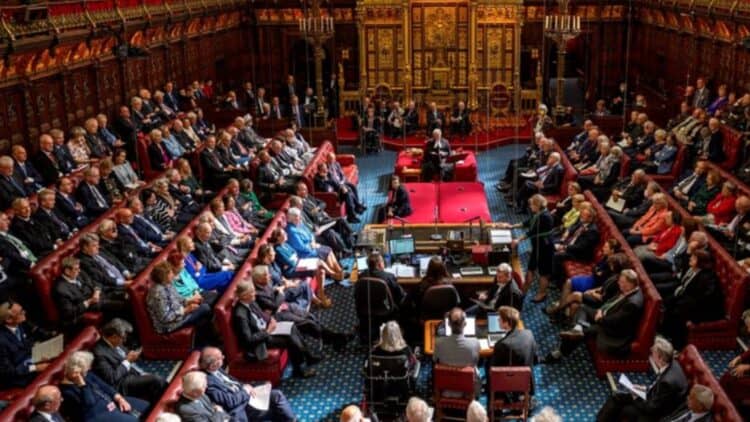In a historic shake-up of the UK’s political system, the government has unveiled plans to remove the remaining hereditary peers from the House of Lords, marking the biggest reform of Parliament in over 25 years.
Under the new proposals, all 92 hereditary peers—who inherited their titles—will lose their right to sit and vote in the upper chamber. This move completes reforms initiated by Tony Blair’s government in 1999, which ended the automatic right of all hereditary peers to sit in the Lords, but allowed 92 to remain through a system of by-elections.
Currently, all hereditary peers in the Lords are white men, with an average age of nearly 70. They have continued to hold by-elections to replace peers who retire or pass away, a practice long criticised by campaigners who view the system as outdated and unrepresentative.
The new bill will also remove two hereditary peers with ceremonial roles—the earl marshal and the lord great chamberlain—closing the chapter on the hereditary principle in Parliament. This legislative change is expected to become law next year, fulfilling a Labour manifesto pledge.
A Landmark Reform
Nick Thomas-Symonds, the minister for the constitution, hailed the move as “a landmark reform,” stating that the hereditary principle in lawmaking had lasted too long and was “out of step with modern Britain.” He added, “The second chamber plays a vital role in our constitution and people should not be voting on our laws in parliament by an accident of birth.”
Angela Smith, the leader of the House of Lords, echoed these sentiments, noting that while hereditary peers had made valuable contributions, it was time to bring the reform to completion. She also highlighted Labour’s broader agenda to reduce the size of the Lords and make it more representative of the UK.
Labour’s long-term vision includes shrinking the size of the House of Lords from its current 800 members to match the 650 members of the House of Commons. Most members of the Lords are life peers, appointed for their contributions to public life, with 26 reserved seats for bishops and archbishops of the Church of England.
The bill’s first reading will take place in the Commons this week, with a second reading scheduled for later this autumn. Government sources expect heated debates, particularly when the bill reaches the Lords, where many hereditary peers are still in place.
Reforming the Upper Chamber
The reform is part of Labour’s wider agenda to modernise the upper chamber. In addition to abolishing hereditary peers, the party has committed to introducing a retirement age of 80 for life peers. The ultimate aim is to replace the Lords with a second chamber that is more representative of the UK.
In the interim, the government has bolstered its numbers in the upper chamber by appointing life peers, including several high-profile figures such as James Timpson, former CEO of Timpson Group, and Sir Patrick Vallance, the former chief scientific adviser during the COVID-19 pandemic. More appointments are expected in the coming months.
At present, the Lords is composed of 277 Conservative peers, 185 Labour peers, 183 cross-benchers, and a smaller number from other parties. The 92 hereditary peers, of whom 42 take the Conservative party whip, remain a fixed bloc whose presence is set to diminish under the proposed reforms.
The UK remains one of only two countries—alongside Lesotho—that still retains a hereditary element in its legislative system. The proposed abolition of hereditary peers marks a significant step towards modernising Britain’s political institutions, though further reforms to the House of Lords are expected to follow in the coming years.
You may also like: Trump repeatedly denies being “weird” in awkward Fox News interview







